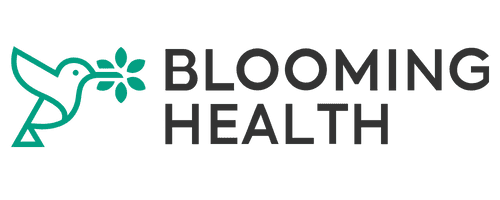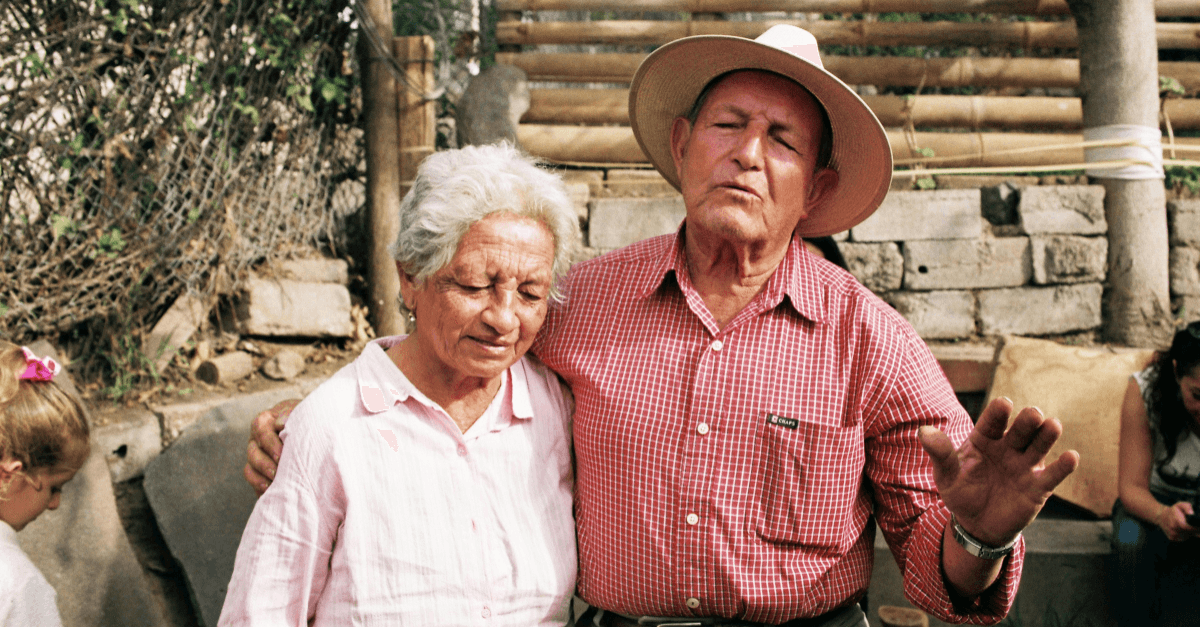Nov 20, 2025
In a powerful panel discussion on strengthening Maryland's community health infrastructure, three leaders shared hard-won insights about what it truly takes to serve communities effectively.
Moderator Heather Chapman, LCSW-C, VP & Deputy Chief Impact Officer, United Way of Central Maryland led the conversation with LaShelle Stewart, MBA, Executive Director, Baltimore Healthy Start, and Angela Martin, MA, Executive Director, Maryland Community Action Partnership.
The Infrastructure Crisis in Community Health
"I prioritize infrastructure and technology," Angela Martin stated plainly when asked what single investment would strengthen upstream prevention in Maryland. "We need to really embrace technology to bring healthcare organizations, social services organizations into a comprehensive type of infrastructure or platform."
Good infrastructure starts with funding models that actually work. LaShelle Stewart shared her perspective on common problem: "I would encourage grantors as they're thinking about making grants, don't only say, well, this money only has to go to programming because who's going to do the programming and how those people going to be supported while they're doing the programming?"
"We hire from the community. So many of our staff are pretty much in the same base or maybe a notch above the people that we're serving. And so they need support as well."
Technology Must Serve, Not Burden
When discussing technology's role in strengthening infrastructure, Stewart offered a reality check: "When you're bringing technology in it has to make sense for what we do. It has to be accessible for those who need to use it and it also has to ease our burden and not make it one extra thing for us to do."
She added: "For anybody that works at a community based organization, you know, we have a million things to do. We all wear a hundred hats."
Martin saw technology's potential differently, noting its appeal to younger populations: "Our target population is like 24 to 30. Most of those people are into tech and used to like quick turnaround on things that they do. So being able to add the technology piece to the services and the work that we do helps to improve the uptake of what we're trying to provide for families as well."
What Maryland Needs Now
The panelists' prescription for strengthening Maryland's community health infrastructure was clear:
Invest in organizational capacity. As Stewart put it: "We need operations funding and we need funds in order to do the work. We need funds in order to take care of the people who are doing the work."
Build integrated data systems. Martin's vision: a platform that moves beyond access to alignment, tracking referrals, outcomes, and progress across organizations.
Ensure authentic community engagement. This means compensating community members and CBOs as equal partners, not just extracting information.
Address social determinants holistically. From housing to food security to transportation, these drivers of health must be addressed together, not in silos.
Recognize CBOs as essential infrastructure. Martin described it powerfully: "As community-based organizations, we're on the front lines. We're the emergency responders when it comes to any kind of social and economic crisis. We're on the ground making sure families are safe and stable."
The Path Forward
Chapman summarized the imperative beautifully: "It takes infrastructure to do that. You've got to have the time. You've got to have the space. You've got to have the time to really talk to other partners to see, you know, if everybody is bringing a different ingredient."
For Maryland to truly strengthen its community health infrastructure, the message from these front-line leaders is clear: fund capacity, not just programs; build systems that connect rather than compete; ensure authentic community voice; and measure outcomes, not just access.
As Martin reminded the room: "This is our world right now. People are looking for services. And as community-based organizations, we're on the front lines."
The question is whether Maryland's infrastructure will support them in that critical work.
One way forward is already here.
Blooming Health's new Maryland Resource Directory features 16,000+ verified, active community resources designed to help residents find you—and help you reach them. See it in action here.
If you’re a CBO, claim your free directory profile and get complimentary access Blooming Health automation tools that help expand your reach, streamline engagement, and ensure more Marylanders get the support they deserve.








